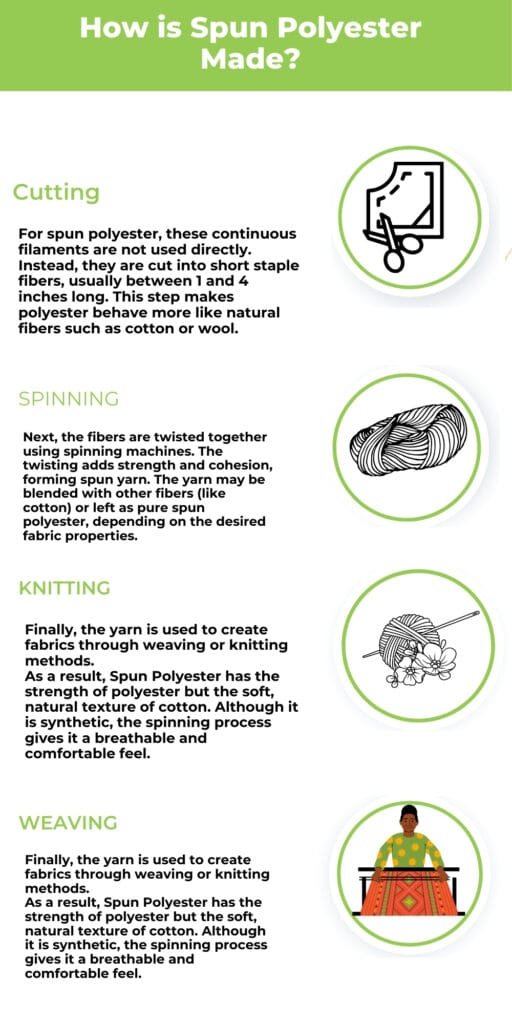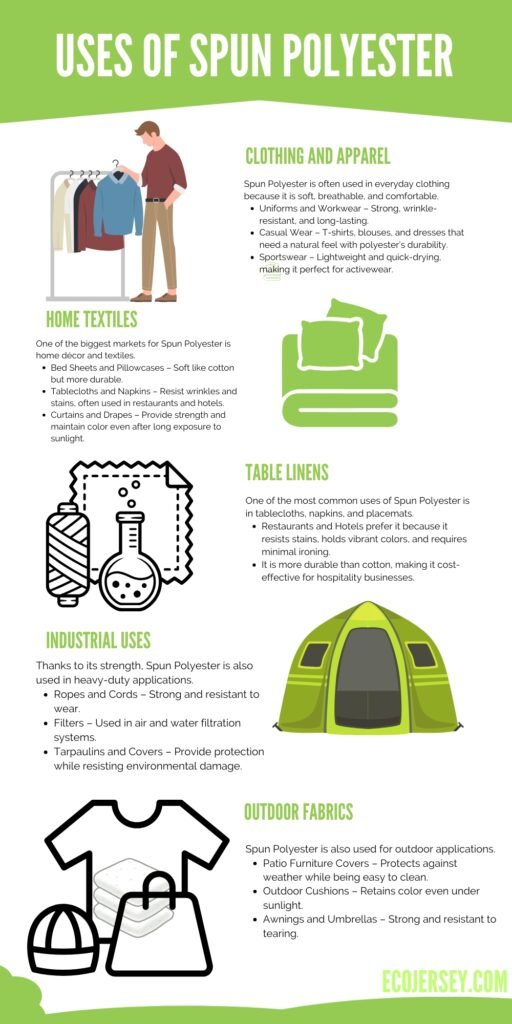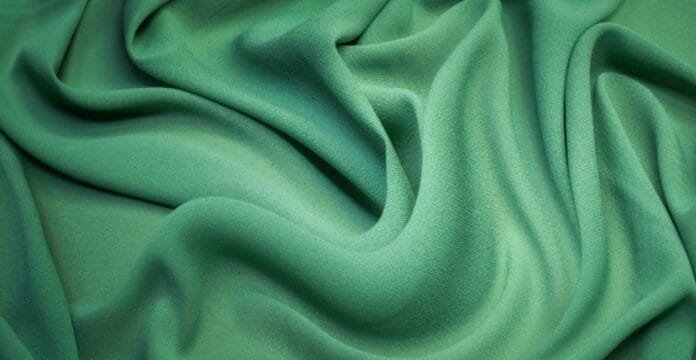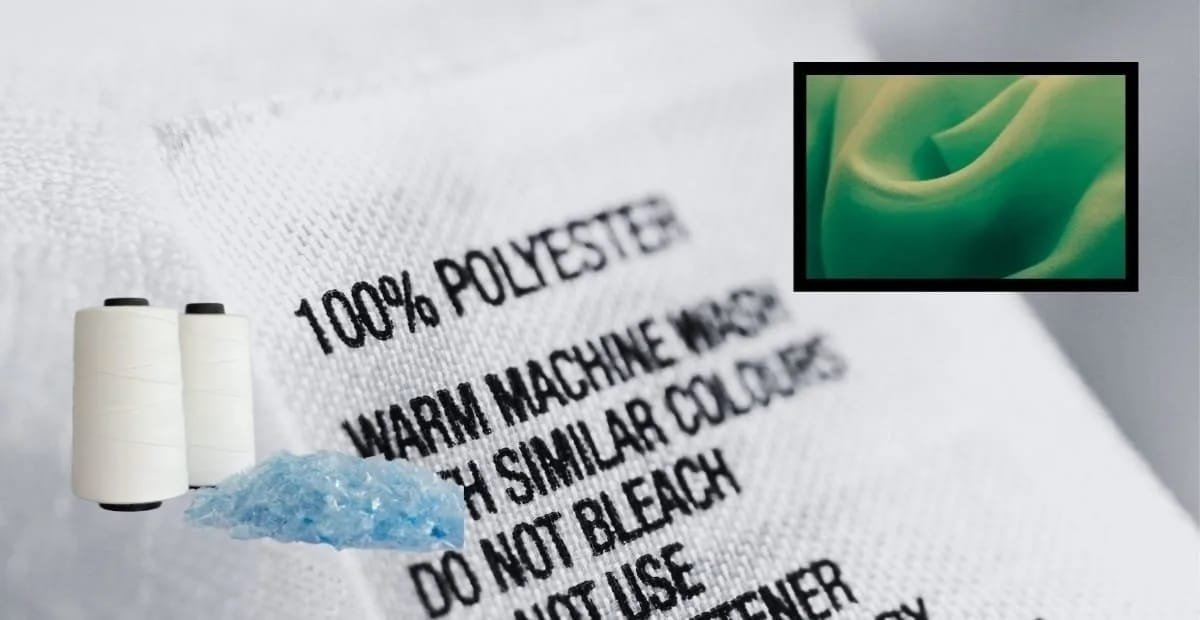Polyester fabric is one of the most widely used synthetic fibers. Among its variations, Spun Polyester holds a special place in both fashion and home textiles. Because of its durability and soft texture, it is a favorite for clothing, upholstery, and industrial fabrics.
What is Spun Polyester?
Spun Polyester is made from polyester fibers that are cut into short lengths, similar to cotton fibers. These fibers are then spun together into yarn, just like natural fiber yarns.
As a result, the yarn has a soft, natural feel while still retaining the strength of polyester. Although it is synthetic, it looks and feels closer to cotton, making it a popular choice in many products.
Key Features of Spun Polyester
Spun Polyester combines the best of both worlds: the durability of polyester fabrics and the softness of natural fiber-like texture. Its main features include:
- Soft Touch – Feels more natural than filament polyester.
- Durability – Resists wear, tear, and frequent washing.
- Wrinkle Resistance – Keeps its shape with minimal care.
- Moisture Resistance – Dries faster than cotton.
- Color Retention – Colors stay bright after many washes.
- Cost-Effectiveness – Cheaper than 100% natural fibers.
Because of these qualities, Spun Polyester is trusted in both fashion and industrial applications.
How is Spun Polyester Made?

The production of Spun Polyester involves several steps:
- Cutting – Polyester filaments are cut into staple fibers.
- Spinning – The short fibers are twisted and spun into yarn.
- Weaving/Knitting – The yarn is made into fabric using standard methods.
Although the process resembles cotton spinning, the outcome is stronger and longer-lasting.
Uses of Spun Polyester

Spun Polyester is versatile and widely used in different industries. Common applications include:
- Clothing – Shirts, trousers, uniforms, workwear, and dresses.
- Home Textiles – Bed sheets, pillowcases, curtains, and upholstery.
- Table Linens – Napkins, tablecloths, and restaurant textiles.
- Industrial Uses – Filters, ropes, and geotextiles.
- Outdoor Fabrics – Garden furniture covers and awnings.
Therefore, it is a fabric that fits both everyday and professional needs.
Advantages of Spun Polyester
The popularity of Spun Polyester comes from its benefits:
- Combines softness with strength.
- Resists wrinkles and shrinking.
- Retains color and shape for a long time.
- Requires little maintenance.
- Affordable compared to natural fabrics.
In addition, it provides a cotton-like feel, which makes it more comfortable than regular polyester.
Environmental Aspect of Spun Polyester
Like other synthetic fabrics, Spun Polyester is petroleum-based. This means it is not biodegradable. However, some companies are now using recycled polyester fibers to produce spun yarns.
Although recycling mixed fabrics can be difficult, rPET-based spun polyester helps reduce plastic waste and saves energy.
Conclusion
Spun Polyester is a strong, versatile, and comfortable fabric. It looks and feels closer to natural fibers while offering the durability and low maintenance of polyester. Because of its wide range of uses in clothing, furnishings, and industry, it remains one of the most reliable fabrics in modern textiles.
Although environmental challenges exist, innovations in recycling are making Spun Polyester more sustainable. In short, it provides strength, comfort, and affordability in one fabric.
What is Spun Polyester?
Spun Polyester is made from short polyester fibers spun into yarn, giving the fabric a soft, cotton-like feel with polyester’s durability.
How is Spun Polyester different from Filament Polyester?
Filament polyester is smooth and shiny, while Spun Polyester feels softer, more natural, and is often used in clothing and linens.
What are the main uses of Spun Polyester?
It is used in uniforms, workwear, bed linens, tablecloths, curtains, upholstery, and industrial fabrics like filters and ropes.



